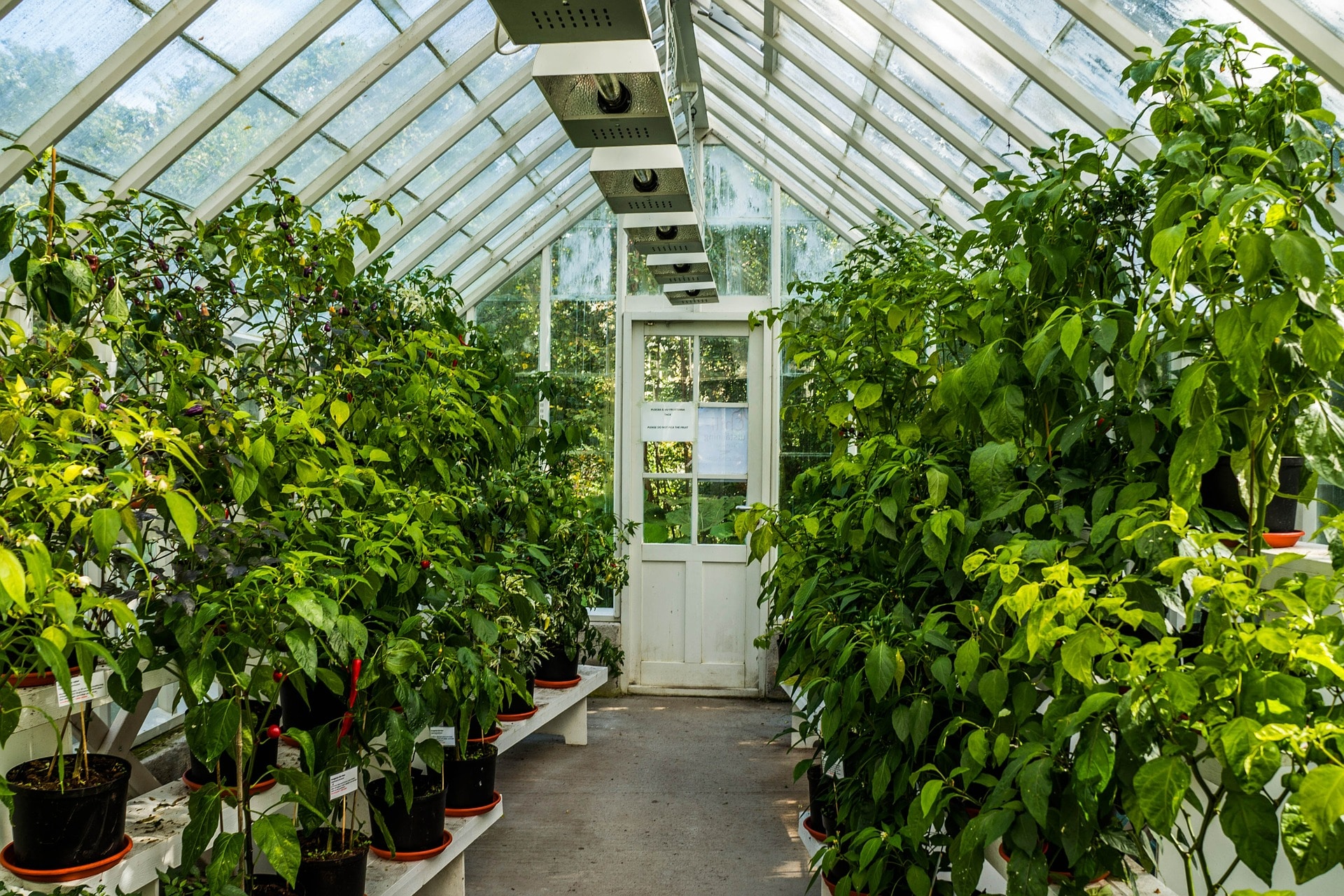Newbie gardeners often ask what to know when growing in a greenhouse, and the various information can be overwhelming. However, one can simplify these pieces of information into seasons and planting zones, temperature, humidity, and ventilation control, lighting conditions, watering systems, and pest management. Learning about these five considerations will give you a general idea of how to grow in a greenhouse successfully.
Gardening is beneficial for health, but not everyone wants to consider it because they fear limitations and challenges. However, the control you have and simplicity in using a greenhouse will help you achieve a productive garden regardless of your location and conditions. With proper information and planning, you can get started growing in a greenhouse soon.

What To Know When Growing In A Greenhouse: 5 Factors To Consider
Seasons and planting zones
In general, you can be productive in the greenhouse year-round. You can start sowing the seeds in the spring, while some flowers and other plants will thrive well in the summer. The fall is also ideal for other crops, while winter frost is no longer a problem thanks to the adjustments you can do indoors.
However, different states and locations will experience various conditions, as well. For greenhouse growing, this is where learning the planting zones will be beneficial for you. What are the planting zones?
Every state has its USDA planting zone rating. Upon learning the planting or hardiness zone of your area, you can use this to determine if your chosen crops will thrive without problems. You will know the temperatures and rainfall you can expect on each planting zone, so it’ll be easier to select a cultivar or variety that’s ideal for your state before planting in a greenhouse.
Temperature, humidity, and ventilation control
Now that you know your expected conditions and your plants and crops’ tolerance, you can adjust the temperature and humidity in the greenhouse accordingly. Every plant, harvest, vegetable, or flower will grow well in its optimal temperatures, so use the range and check in the greenhouse year-round.
This task is as simple as adding a thermometer to make sure you’re getting accurate readings indoors. Once you have the numbers, you can use a heating or cooling system to adjust the conditions. For example, if your plants don’t do well during the winter months, proper heat adjustment will allow you to extend your growing season.
On the contrary, a cooling system will help your plants tolerate the heat during the summer. If you fail to modify the temperature indoors, it will just follow the weather’s existing conditions. The beauty with greenhouses is that you will still have a say on how you can choose an economical option for temperature control.
The control of humidity and failure to monitor it will cause a thirst for plants, diseases, and pests in the greenhouse. You can use misting to improve and adjust the humidity, while vents or a small fan for air circulation can modify ventilation. It would also be best if you change the humidity and ventilation according to the season.
Lighting conditions
The light in the greenhouse is also as important as the temperature and humidity. Every plant has a specific lighting requirement, so study the basics of using growing light before planting. Plants conduct photosynthesis, and failure to achieve their lighting requirements will affect their growth and health.
However, it’s not enough to only learn about lights. In some cases, you will have to minimize the plants’ exposure by strategizing the lights’ locations and even using a shading sheet for greenhouses to reduce sunlight. This is also the part where you have to adjust the lighting conditions depending on the season and if you want to encourage a specific stage of growth.
Watering systems
When it comes to choosing and using a watering system, your plants’ water requirements will dictate the proper practice. You don’t want to overwater or underwater the plants as both are detrimental to their health. In general, avoid sprinkling water on the leaves to prevent diseases and focus on hydrating the roots.
Pest management
Pest management in the greenhouse is simple, especially with proper preventive practices such as an inspection to avoid contamination, pruning, humidity control, and cleanliness. However, don’t panic if you see pests, as this gives you enough time to address the issue. You can also read about the pests to expect on your plants to prepare beforehand.
Conclusion
Using a greenhouse is rewarding in so many ways. However, are you aware of what to know when growing in a greenhouse? It would help if you studied seasons and planting zones, temperature, humidity, ventilation control, lighting conditions, watering systems, and pest management.
It can feel overwhelming for a newbie gardener, but you’ll notice a trend with each factor. Every plant, crop, or flower that you’ll grow in a greenhouse has a specific set of requirements and conditions. Once you know them, you can adjust the greenhouse accordingly.
Overall, preparation, planning, and willingness to learn will help with growing in a greenhouse. Read various manuals from university extensions and prepare solutions for the problems you might encounter. What you’ll get from a successful greenhouse will outweigh the effort you’ll give.
